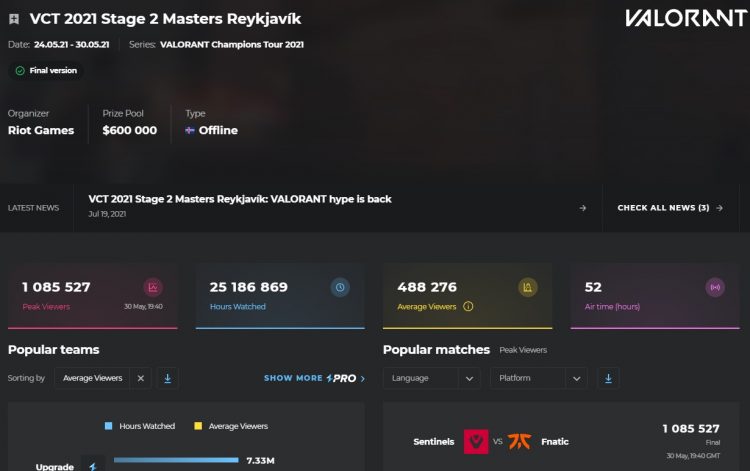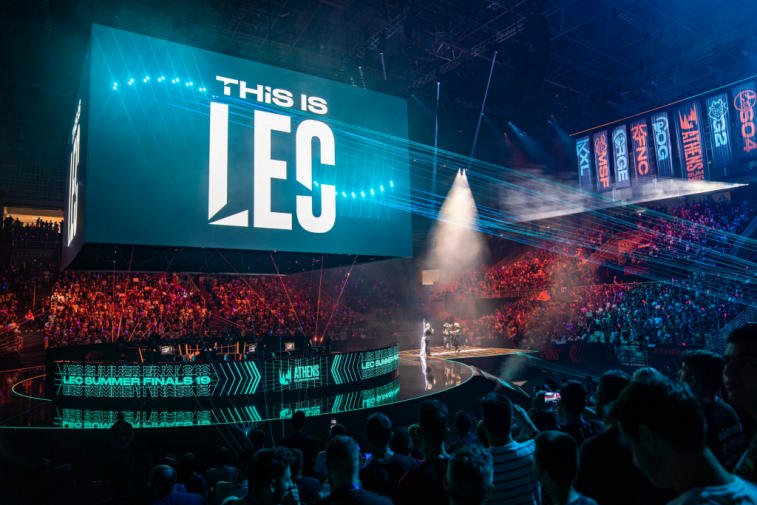Recently in esports events we’re seeing a lot of cases of co-streaming. But what exactly is it? And how does it help the tournament host? Read on to know more.
What is Esports Co-streaming?
Co-streaming, also known as watch parties, is a way for a tournament host to expand its viewership onto other platforms via content creators or gaming influencers. Now obviously, not everyone is allowed to co-stream. When big names of organisers are in-play, contractual obligations take place from both parties. The traditional use of co-streaming is to expand viewership, but not only to english-speaking viewers. In multiple cases in a myriad of esports we see different streams of the same event, but in a different language. This is utilized to bring on viewers who are not fluent in the english language, but can still follow the events of the broadcast.
Viewership Expansion
One specific event that utilized co-streaming was the VALORANT Champions Tour Stage 2 Masters in Reykjavík. Here Riot Games contacted multiple VALORANT content creators to increase the event’s overall viewership. Some of these content creators were: AverageJonas, Myth, Shroud, etc…

The event had 1,085,527 in peak viewership, with 488,276 average viewers. At one point however, it was one of the co-streamers, Shroud, which had the most views of the event. Proving that through co-streams, Riot were successful in expanding their viewer base.
Despite proof of the benefits that co-streaming brings, not all key figures in esports are convinced that it is the new method to increase viewership. Former commentator and analyst MonteCristo said the following:
In fact, Riot Games have also taken a stand on this, and when it comes to LCS co-streaming they have a set of rules and guidelines that all their partners need to take note of. Click here to know more about the LCS Watch Party Program.
ESL adapting to the Meta
Now ESL have recently opted to do something like Riot with co-streaming. They brought on former CS:GO pro, now turned full-time streamer Shroud to host a watch-party of the event on his stream!
Of course each side has its benefits, but it’s great to see these content creators being involved with the competitive scene through these streams. Not only do they help bring a more casual experience, but they might also bring some insight to the overall broadcast. We’re excited to see how co-streaming develops in the years to come!
Visit www.esportsguide.com for more esports news!

